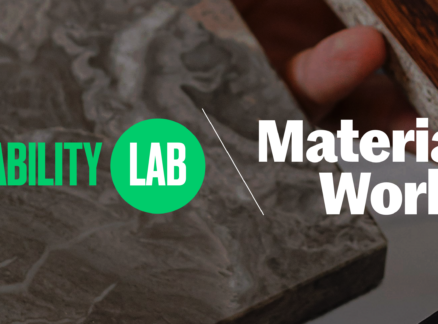January 8, 2009
Not Business as Usual at AIA New York
In troubling times architects come together to brainstorm
Times are tough right now for architects. Projects are slowing down and people are nervous about their jobs. But there’s some silver lining—architects are now reflecting, brushing up, and making plans for the future. And the AIA New York chapter is facilitating community brainstorming at the Center for Architecture with its “Not Business as Usual” luncheons.
Yesterday’s luncheon was well attended with a mix of working and out-of-work professionals. The group broke out into tables organized by topics concerning training, volunteer opportunities, presentation skills, and job networking tools. I found myself at the table discussing advocacy led by Rick Bell, executive director of AIA New York. Issues include ways that the profession can lobby the government to spur work for architects and how architects can advocate values such as sustainability to clients and the public.
One idea that came up was energy auditing. In some municipalities you can pay the gas or electric companies to come do this, and in New York, the electric service provider Con Edison offers some DIY tips. But “wouldn’t it be great for an architect to get some kind of certificate to go into peoples’ homes and do the surveys,” said Bell, who went on to question whether that could be tied to the energy company’s budget or if it could come from federal infrastructure funding. This kind of work might not be an architect’s dream job, but it’s the type of thing that can help push through hard times and bring contact with the profession to a broader range of people while helping them save money.
Another advocacy idea is related to the notion of public service. The government funds AmeriCorps which sends idealistic people to communities in need. Couldn’t there be a similar program that funded the services of skilled idealistic designers? This notion was provisionally referred to as “DesignCorps.” That term is already taken by Bryan Bell (author of the Metropolis book Expanding Architecture: Design as Activism) who is doing work in a similar spirit, but nomenclature aside, the idea of federally funded design program that solves problems for communities in need is tremendous and might even work.
These are just a couple of the ideas that came from my table and, of course, there were many more from around the room. So, while it can be frustrating when the work isn’t coming in, now’s the time to figure out alternative routes you can take. Future luncheons at the Center for Architecture are in the works—just keep an eye on the organization’s online calendar.





